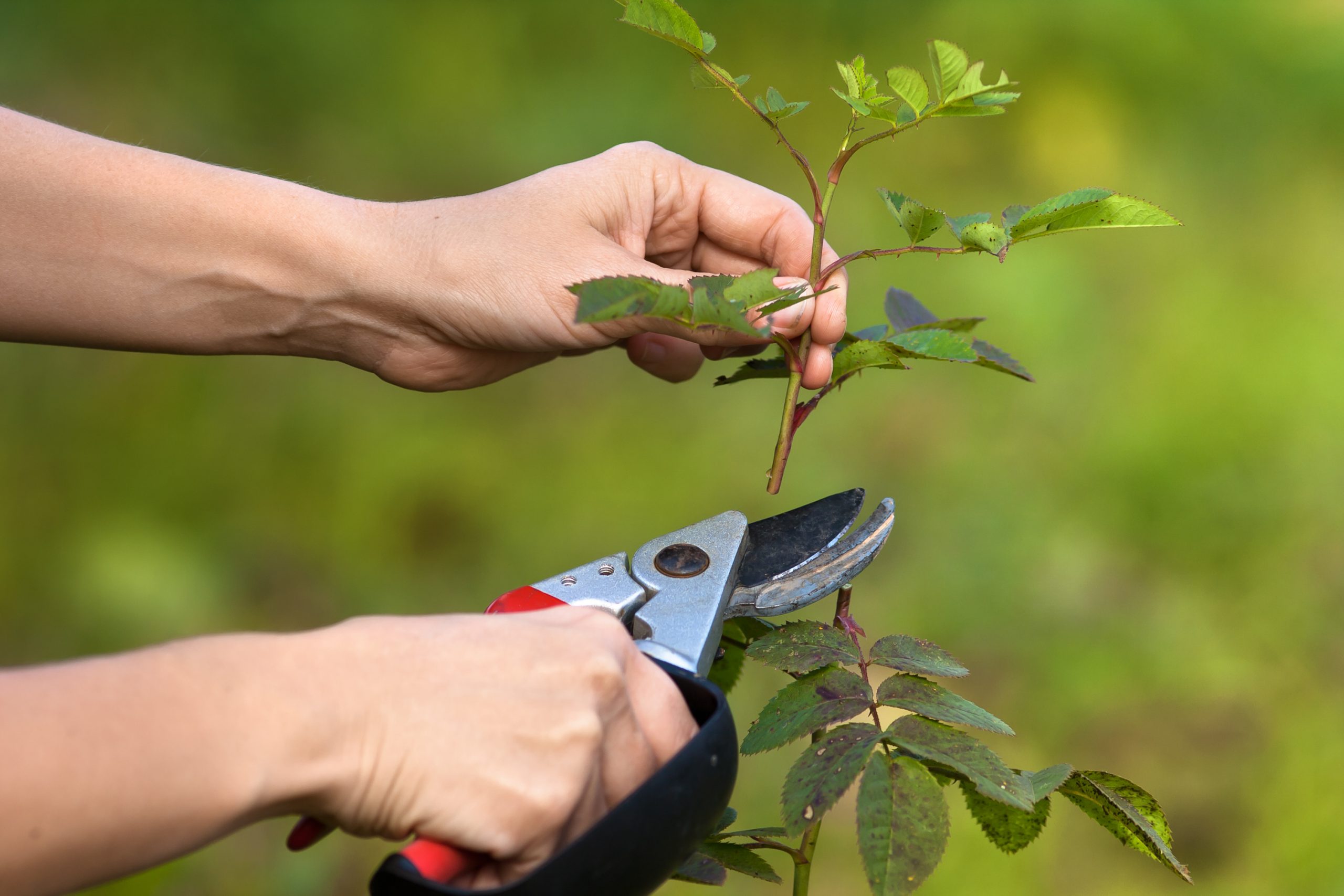Pruning is like performing surgery on a patient, and everybody knows it does well when the patient is unconscious. Similarly, the plants need their surgery when they’re in dormant mode. Generally, the fruit plants go under dormancy in autumn and emerge out of it in early or mid-spring.
The only reason to prune the fruit plants is to make them healthy. The gardeners may take the following steps to see triggering growth in bud formation, flowering, and fruit setting of the annual and biannual garden plants. Before proceeding with the pruning process, please read about the types of pruning and the best time to perform them.
Pruning to Avoid Transplanting Shock
It is a sort of pruning that gardeners often neglect while bringing new plants from a nursery or a friend. The survival of the new plant with total foliage load often becomes hard at a new location. It needs slight trimming before the plants become adaptable to the local climatic conditions. One-fourth of the plant’s foliage trims in a fashion that only the upper foliage of the plants cuts using a very sharp shear avoiding dehydration of the remaining branches.
Hard Pruning
Hard pruning is like a major surgery when a plant is cut back to 1/3rd of its original size and the best time for the hard pruning starts late autumn to early winter. It focuses on removing the damaged, dried, and diseased twigs, leaves, branches, flowers, and tertiary growth by maintaining the plant symmetry and having a bushy growth afterwards. Some gardeners also cut the plants up to 50%, where most branches and twigs are removed before spring growth.
Soft Pruning
There is no timeframe for soft pruning, and it continues even if the plant is in the active growth stage. Its focus is on removing dried flowers and small branches that congest the plant foliage and reduce deep air crossing. Soft pruning is regular maintenance or periodic pruning that plants need throughout their active growth. It promotes healthy growth, whereas the sprouts are often more vigorous than the old growth. If the plants are flowering or fruiting, they could bear more. Soft pruning is referred to as heading and trimming to keep plants in shape.
How to Prune your Lovely Plants
✓Choose the correct pruning tool which is comfortable to hold and ensure it is properly sharp.
✓ Disinfect the tool with isopropyl alcohol before beginning and then between plants.
✓ Never cut at the node of a fruit plant, leave 2cm (approx. 1”) of space above or below.
✓ Remove all branches that crisscross each other and leave only those that move upwards or offer a 45-degree angle.
✓ Remove multiple branches which come from one stem and keep only those growing upwards.
✓ If thinning during the dormant season you can remove most branches from the main stem and keep only the main stem. You can also cut all the foliage from the plant can be cut during the dormant period.
✓ Always cut at an angle of 45 degrees. This reduces the risk of both dehydration and of developing fungal and bacterial diseases.
✓ Apply wax to the wound! Cinnamon powder can seal the injured part of the branch and protect against diseases.

